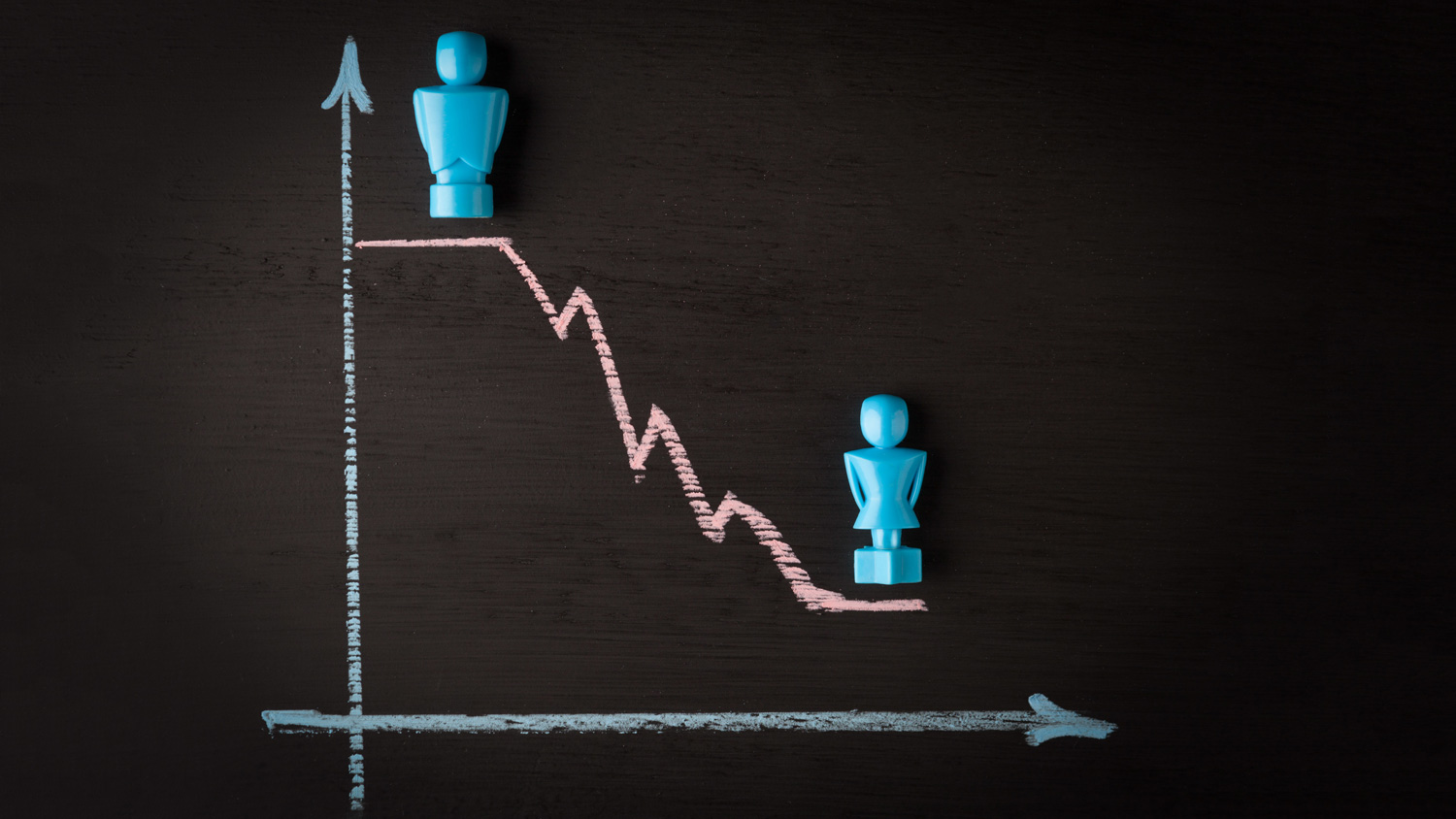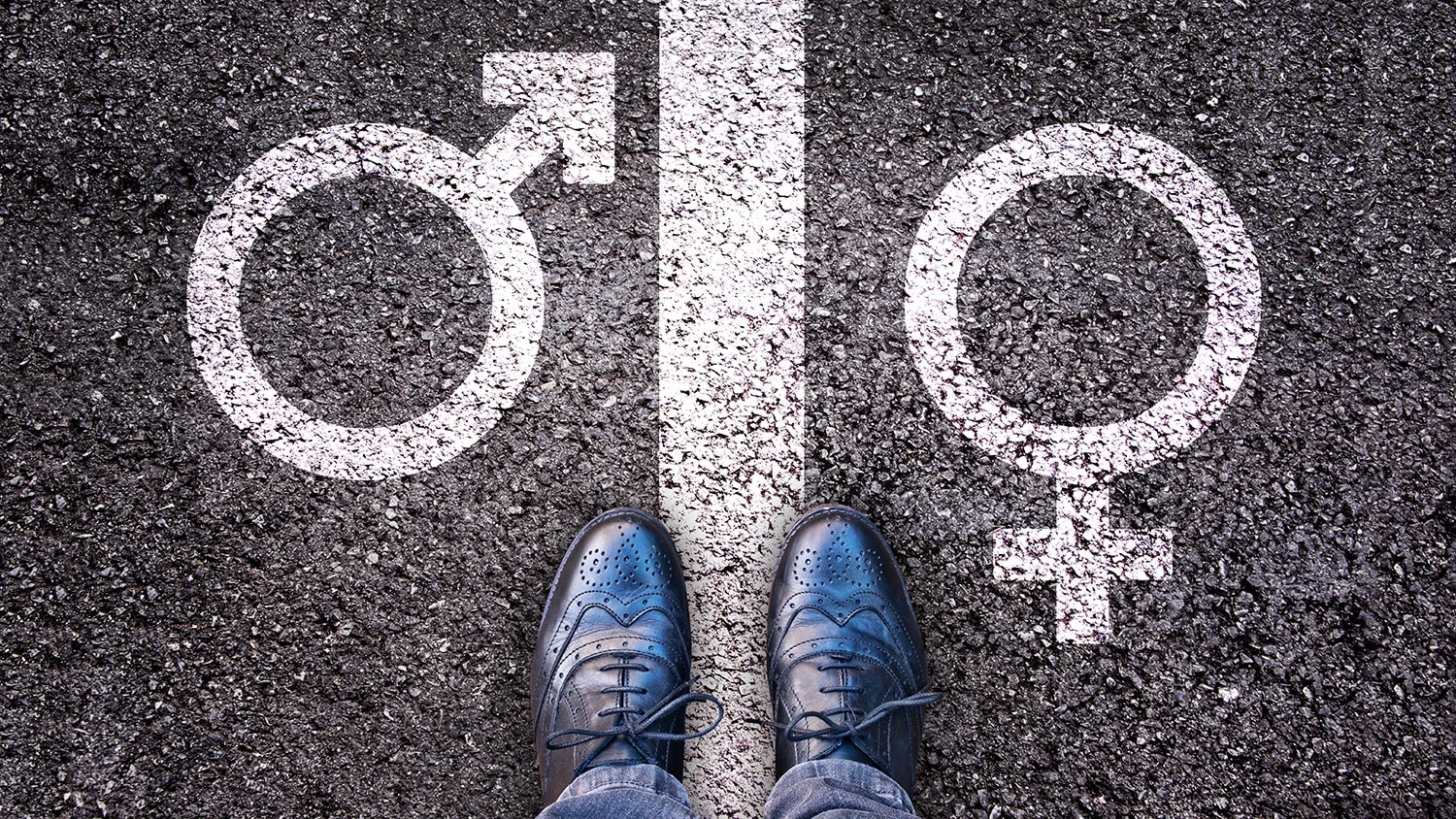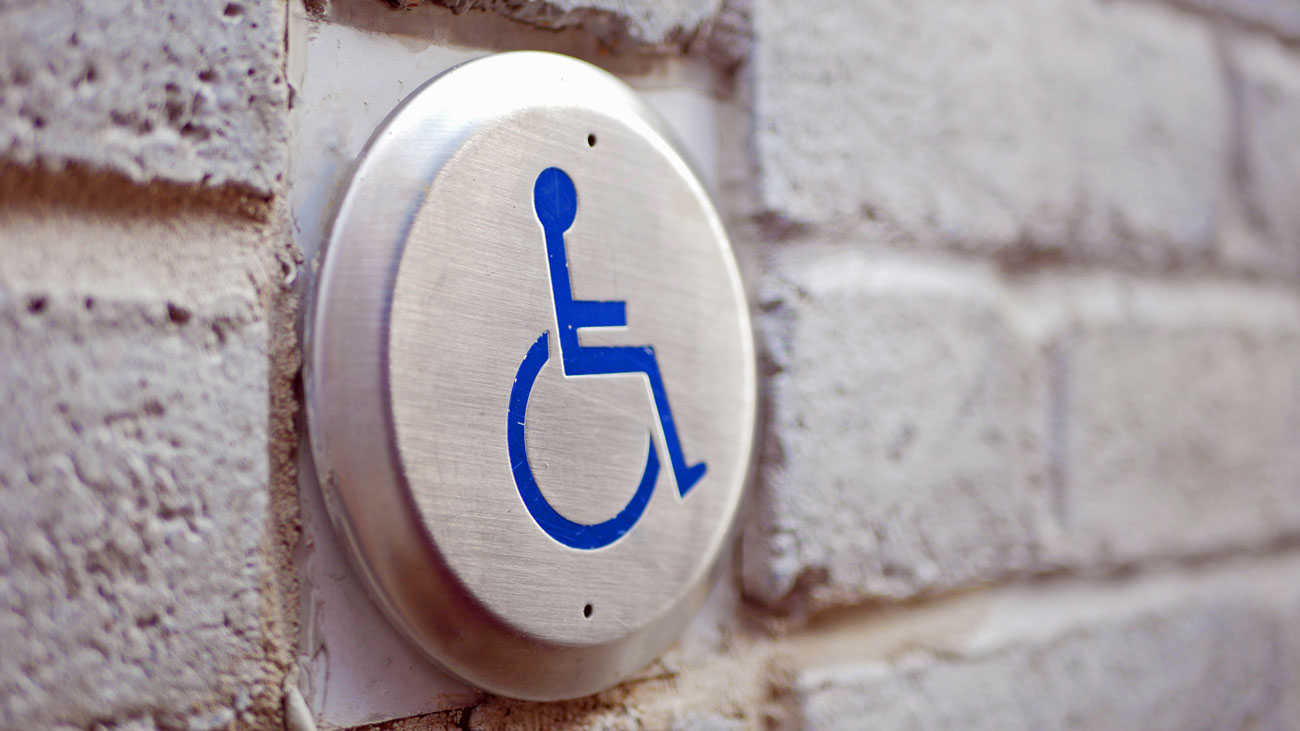
Gender pay gap won’t disappear until 2151 at current rate of progress
The overall average gender pay gap continues to fall slowly, with more businesses than ever disclosing their data, according to PwC analysis. Among companies that disclose their pay gaps each year, there has been a small decline of 0.3% from an average pay gap of 13.2% in 2020/21 to 12.9% in 2021/22. That means, on average women in the UK earn 87p for every £1 men earn.
The national average (mean) gender pay gap is now 12.9% (down 0.3% from last year), whilst the national average (mean) gender bonus gap is 32.5%. Since reporting began, five years ago in 2017, the mean gender pay gap has declined by only 0.5%. The median pay gaps indicates slightly more volatility with an increase from 9.2% 2017/18 to 9.8% in 2021/22.
There were 1,826 more companies reporting their gender pay gap details in 2021/22, taking the total to 10,282. This year, 53% of companies reported a decrease in their gender pay gap, whilst 43% of the companies disclosing their data reported an increase in their average pay gap, compared to 41% of 8,456 companies reporting an increase last year (2020/21). Four percent reported no change.
Gender pay reporting legislation requires employers with 250 or more employees to publish statutory calculations every year showing how large the pay gap is between their male and female employees. These results must be published on the company’s website and a government site, meaning the gender pay gap will be publicly available, including to customers, employees and potential future recruits.
PwC’s analysis has shown that, overall, average pay and bonus gaps have decreased since 2017. Between 2017/18, when reporting first became mandatory for UK companies with over 250 employees, and 2021/22, the average mean gender pay gap has fallen by 0.5%, from 13.4% to 12.9% this year. However, the median pay gap has increased by 0.6% from 9.2% 2017/18 to 9.8% in 2021/22. The mean bonus gap has fallen by 3.3% from 35.8% in 2017/18 to 32.5% in 2021/22. Likewise, the median bonus gap has fallen 2.8% from 19.5% in 2017/18 to 16.7% in 2021/22.
Since last year, the majority of companies’ pay gaps have changed by only plus or minus 5%, showing that most organisations continue to struggle with making impactful changes to the gap, and that significant change may take a long time.
Katy Bennett, Diversity and Inclusion Consulting Director, at PwC UK, said:
“If the current rate of progress continues – so far achieving a 0.5% reduction over five years – the UK’s gender pay gap won’t disappear until 2151. A century – five more generations of women – is too long to wait. Businesses are facing a number of challenges but there is a massive opportunity to stand out from the crowd for those that take action, think bigger and experiment with new ideas.
“With one in five employees planning to quit their jobs in the next 12 months companies need to be doing everything they can to attract and keep talent. A large and persistent gender pay gap could get in the way of attracting and retaining talented people. The gender pay gap is an important metric when looking at issues facing women in work more broadly. You have to take a holistic approach to make a meaningful difference to pay gaps.”
Over the last year, there has been an increase in the mean average gender pay gaps in ten sectors, with the biggest increases in Agriculture (the sector’s average gender pay gap increased by 4.6% to 13.2%) and Travel sectors (increase of 3.9% to 17.6%). Financial Services, including Banking (28.9%) and Investment (25.7%), continue to have some of the highest average pay gaps; however; there was a small (less than 2%) reduction in the average gender pay gap in each subsector in 2021/22.
The sectors that made the biggest reductions to their average gender pay gaps over the last year were Mining, Energy and Real Estate. The average gender pay gap in the Mining sector decreased by 5.4% to 17%, in the Energy sector it decreased by 3.4% to 17.5% and Real Estate by 3.1% to 25.1%. 64% of Energy and 70% of Real Estate companies reported a reduction in their average gap for 2021/22.
The lack of fluctuation in the national average pay gap figures does not reveal the full impact of the pandemic on women in work. PwC’s Women in Work Index found that there are 5.1 million more women unemployed and 5.2 million fewer women participating in the labour market than would be the case had the pandemic not occurred.
Katy comments:
“Businesses, such as those in the Travel sector, who experienced the highest jump in pay gaps, will need to be looking at how the disruption of the pandemic, the mass exodus from workplaces, and subsequent restructuring has impacted the gender diversity and pay gaps in their businesses.”
The Women in Work index found that closing the gender pay gap could boost women’s earnings across the 20 OECD countries by US$2 trillion per annum.
The environment affecting women in work and gender pay gaps is getting more complex. The restructuring of sectors and businesses post-pandemic, inflationary pressures on the costs of living, including childcare, and the low growth predictions for the UK economy threaten progress.







